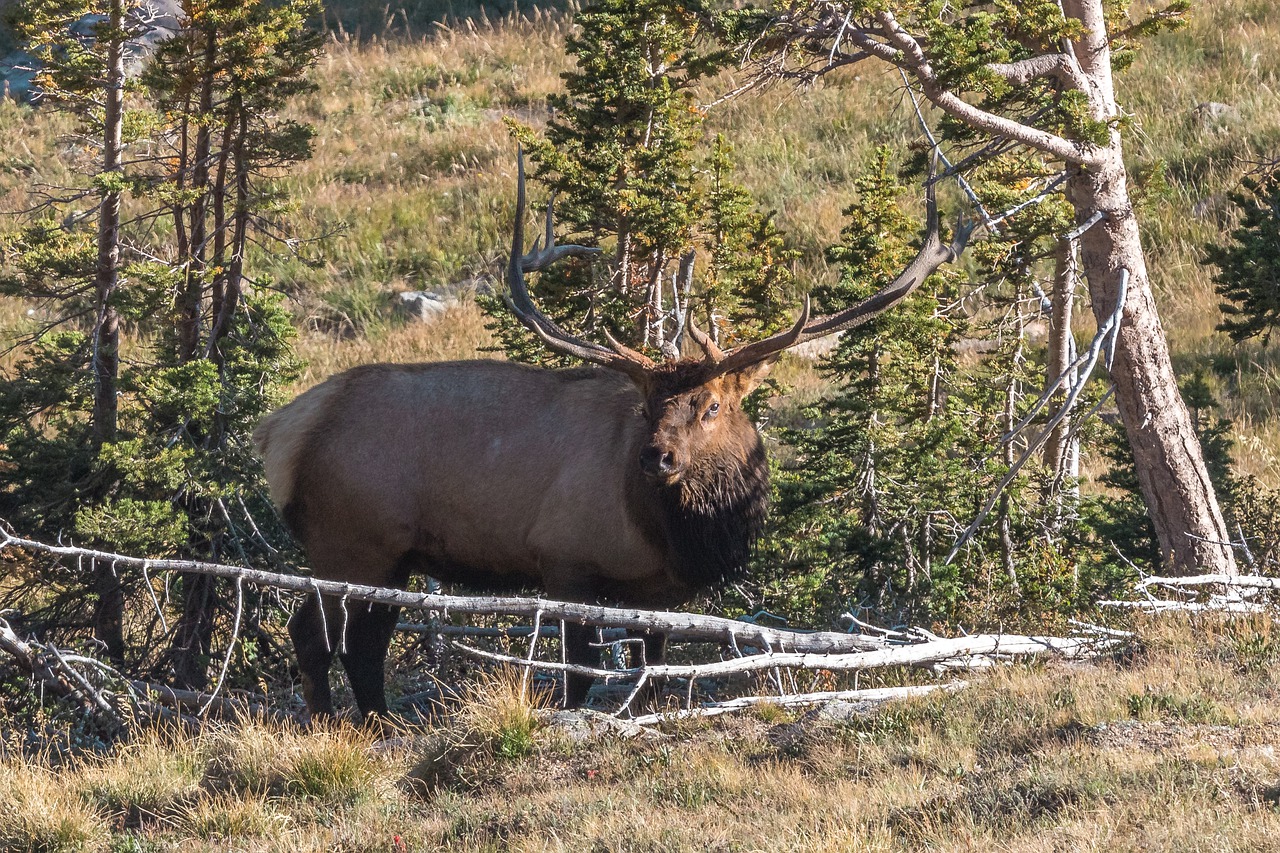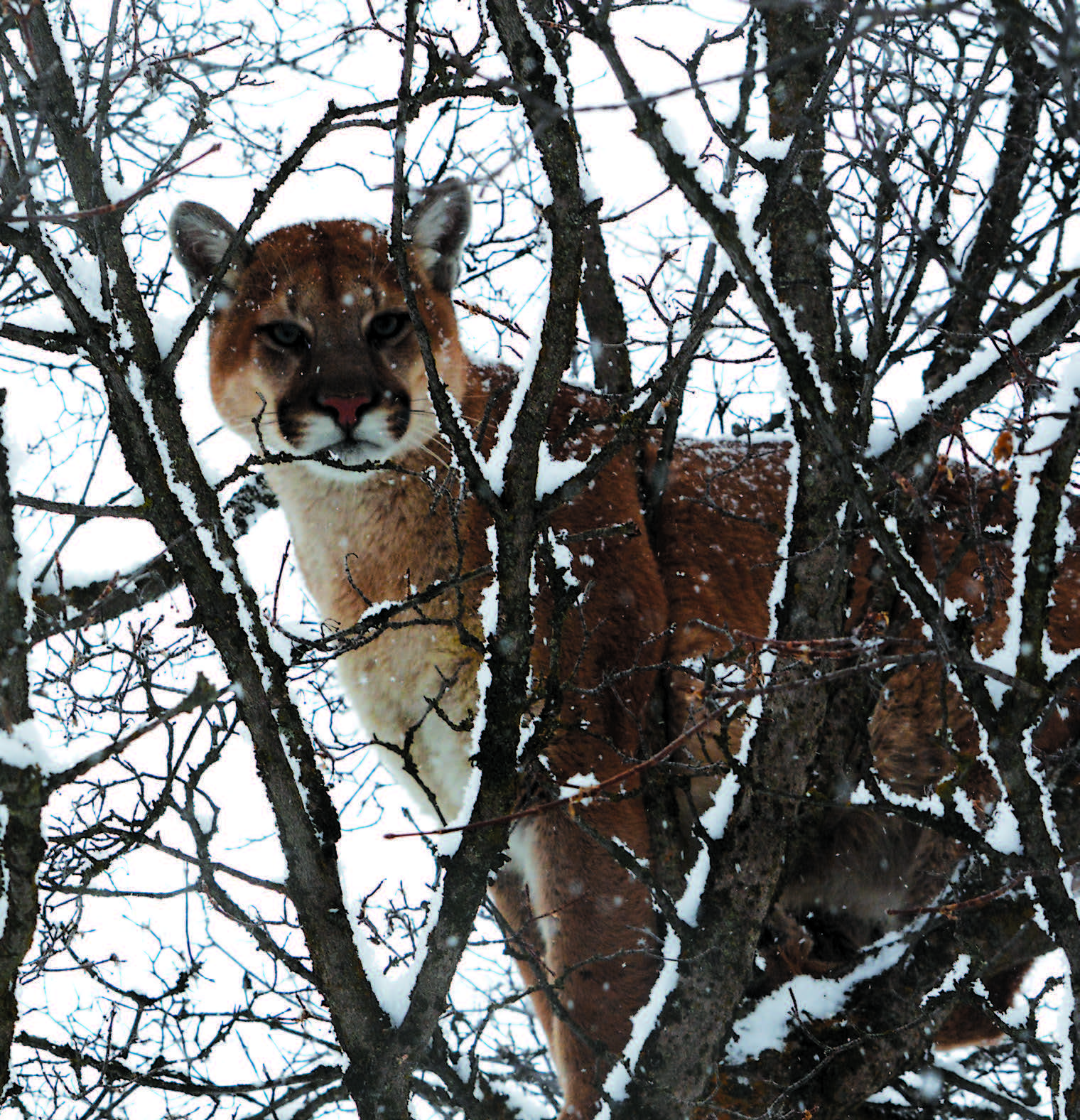I’ve also called in coyote, bobcat, turkey, deer, waterfowl and even squirrels, but until a couple weeks ago, I’d never used a call to bring wild hogs in on the run.
Using sound to entice animals within camera, rifle or bow range is one of the most exciting of outdoor endeavors, at least to my way of thinking.
Glenn Guess who with his wife Michelle has a YouTube channel called The Hog Zombies is in my opinion the authority on calling wild hogs. Glenn has been a guest on my weekly radio show many times and the more information Glenn shared during these weekly visits, the more intrigued I became with calling hogs. Glenn’s knowledge and passion for the sport is infectious. You might say he has become the flag waver for an exciting new method of hunting wild porkers.
Glenn has spent many years studying wild hogs, learning and recording the subtle sounds they make. Hogs are very social animals and it stands to reason that they have a vocabulary of their own, but we have just begun to learn how they communicate.
Glenn uses an electronic predator/wild hog caller ‘The Bullet HP’ by Convergent Hunting Solutions that uses the recorded apps that are available via the company’s website. Wild hog sounds recorded by Glenn such as ‘Hey Baby’, ‘The Rally’, ‘Sow Hysteria’, ‘Little Squealer’ and ‘Turn me Loose’ were all recorded live from wild hogs. I can attest from personal experience that all these sounds will bring mixed sounders of sows, pigs and younger boars in on the run. But Glenn has also produced a set of boar-specific sounds such as ‘She’s Mine’ and ‘Courting Boars.’
For fear of sounding like an experienced veteran of the art of hog calling, I will make perfectly clear that I am a rank amateur. Now, I’ve hunted hogs the conventional ways for many decades and even wrote a book on the subject. Yet, when it comes to calling hogs, I’m a newbie. But, I’m learning fast!
I have had extremely good luck the three times I used my caller. My goal was not to actually kill hogs on these test runs but rather to get some good photographs of them coming in to the call. This I easily accomplished by choosing the social sounds that are designed to bring in sounders or mixed groups of hogs. One of the reasons for the success I’ve enjoyed is the fact that I am hunting areas where the hogs are pretty much undisturbed.
But Guess and others have told me they also do well calling in areas that have been hunted hard. Sows simply cannot resist running in when they hear what they think is a piglet in distress. And when a mature boar thinks he is missing out on courting rites with a receptive sow, he usually comes in with tusks chomping!
The real trick is reading sign in the woods and setting up within hearing distance of hogs. I watch the wind closely and set up downwind of where I expect the hogs to appear. I think some newcomers to using this system think they simply get out in the pasture or woods, turn the sound on and the hogs will come.
It’s very important to set up to call in the right place – near a trail leading out of heavy cover, the edge of a wood line, or during dry periods, within hearing distance of an isolated water hole, wallow or pond. Give some thought to the direction you expect the hogs to come from and use natural barriers that will serve as funnels to put the hogs where you wish them to be.
On my very first set, I placed the caller on top of a hill overlooking a stretch of creek bottom with very little ground cover. Within five minutes of turning the caller on, I had a mixed sounder of sows, young boars and pigs running through the bottom toward the noise. Had I been hunting, I would have steadied my rifle and made an easy 75-yard shot, but my goal was to photograph a hog within a few feet of the caller.

Luke used ‘The Bullet HP” by Convergent Hunting Solutions to entice this wild hog out of the brush. Photo by Luke Clayton
One big sow left the sounder and came trotting toward me. I watched her until the small rise in elevation concealed her approach. She was no more than 30 yards away and I could hear her making aggressive grunts. I left the distressed piglet sound at low volume. Then, the wind swirled and she simply disappeared. if I had been after wild pork for the freezer, she would have been an easy target. But positioning her beside the caller for the camera was a much more challenging endeavor.
The next day, I set up on a mound of dirt about 25 feet higher in elevation than the surrounding area. The caller was placed about 50 yards out, beside a fence parallel to a well-used hog trail. Beyond my call was some heavy cover leading to a creek bottom.
Within a couple minutes after turning the call on, I watched a string of hogs trotting out of the brush. The entire bunch stopped about 30 yards from the caller, but one sow made a beeline for it and stopped within 3 feet of the sound, the hairs on her back standing straight up. I snapped the shutter and the photo that accompanies this week’s column was the result.
I don’t expect all my calling efforts to be as successful as these first attempts, but I did experience a thrilling new way to hunt hogs during daylight hours. I’ll be doing a lot more of this. Besides, I’m getting too old to be sitting up half the night waiting for my fresh pork to come in to a corn feeder!
Luke’s book, “Kill to Grill, the Ultimate guide to hunting and cooking wild hogs” is available at www.catfishradio.org.




